Efficient routes at heart of robust goods transport
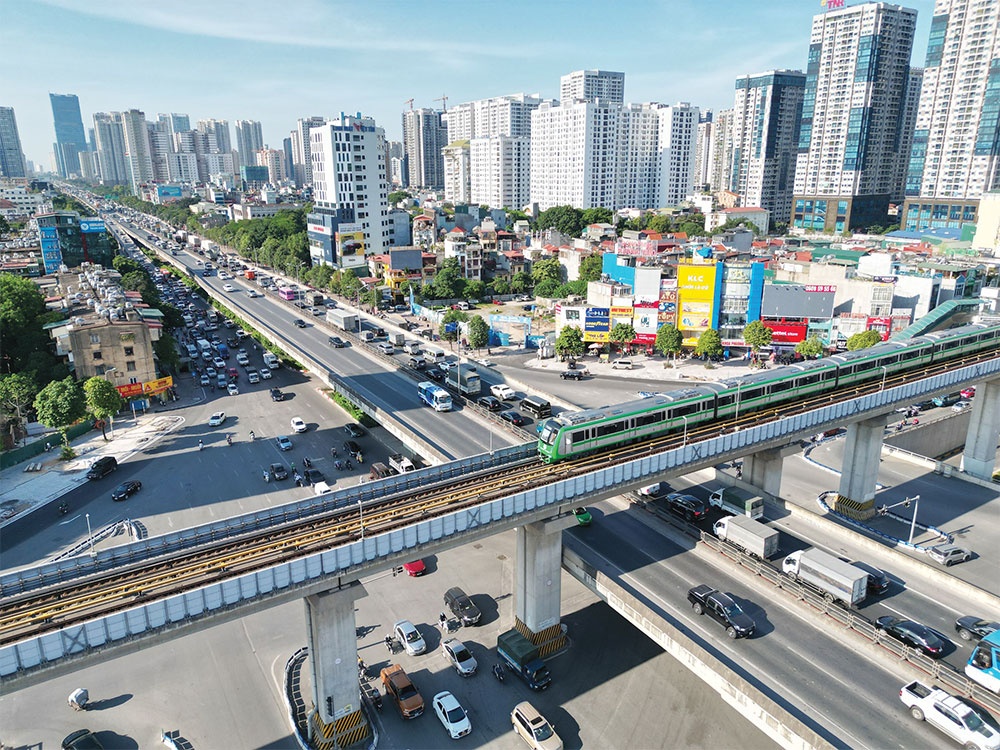 |
| Vietnam has been going all-out to advance the quality of bridges, connecting roads, rail routes, and more, photo Le Toan |
Vietnam Railways Corporation and Binh Duong Customs Department late last month launched international intermodal freight services, facilitating exports and imports from Song Than Station in Di An city to and from China.
The initiative promises to alleviate congestion associated with road transport, a pressing concern in Binh Duong, a southern province teeming with businesses engaged in substantial import-export activities.
Besides Binh Duong, other localities are also investing synchronously in transport infrastructure which is the key to reducing logistics costs. For instance, the northern province of Lao Cai on September 22 inaugurated the entire connecting road from Noi Bai-Lao Cai Highway to Sapa, which includes a segment passing through Mong Sen Overpass.
Nguyen Van Diep, deputy director of a transportation company, which is a local small business in car for rent, believed that the opening of several high-speed routes since the beginning of the year has been pivotal in accelerating goods transportation for businesses, consequently reducing logistics costs.
“Comparing the scenario before the introduction of the Dau Giay-Phan Thiet route, transportation of goods from Ho Chi Minh City to Binh Thuan province used to take approximately six hours. Now, with this new route, the time is halved,” Diep told VIR.
The Ministry of Transport (MoT) revealed that in the first half of 2023, a slew of expressways is now operational. They are crucial components of the north-south high-speed axis, the most important arterial road currently. The completion of 950km of the North-South Expressway is anticipated by 2025 or 2026, providing a seamless connection from Lang Son to Ca Mau.
Statistics from the MoT demonstrate a substantial decrease in logistics costs owing to these refined infrastructures. In 2022, logistics costs accounted for approximately 16.8 per cent of GDP, showing a significant reduction from around 21 per cent in 2018, although still elevated compared to the global average of 10.6 per cent.
As per the MoT, the scale of the logistics sector in Vietnam is currently around $60-70 billion per annum, with transportation activities constituting up to 60 per cent of this. In parallel, investments are being driven into rail transport and the refurbishment of key stations to facilitate direct goods export to China by rail.
Nguyen Quang Sang, director of Phuong Nam Goods and Services Trading Company, explained that this will provide businesses with more transport options.
“Rail transport has many advantages such as punctual schedules and no congestion at the border gates, especially for agricultural products which have short preservation periods and require quick transit times to meet the demands of customers in China through the northern border gates,” Sang said.
The government, with a vision steeped in precision and innovation, has envisioned a logistics sector that contributes 5-6 per cent to the GDP, flourishes at a growth rate of 15-20 per cent, and witnesses an outsourcing rate of logistics services at 50-60 per cent. It aims to mitigate logistics costs to an equivalent of 16-20 per cent of GDP, advancing Vietnam’s rank in the Logistic Performance Index to at least 50th position globally.
To attenuate logistics costs, the government is forging ahead with the completion of 3,000km of expressways by 2025 and intends to conclude an additional 2,000km by 2030.
Responding to the National Assembly in June regarding solutions to reduce logistics costs, Minister of Transport Nguyen Van Thang said that the MoT will persistently centralise investments in synchronised transport infrastructure. This incorporates simultaneous investments in logistics centres and dry ports to propel multimodal transport.
Additionally, it will continue to review and propose policies related to transportation prices and fees, such as reductions in road use fees and seaport infrastructure usage fees.
Professor Dang Dinh Dao, former director of the Institute of Economic and Development Studies at the National Economics University in Hanoi, accentuated the paramount importance of long-term vision and investments in the north-south railway system, revitalisation of the Mekong Delta waterway transport system, and development of maritime transport.
“At times, the cost of transporting a container from north to south by road is equivalent to transporting a container from Vietnam to the United States by sea,” he said. “For expressways, passenger transportation for tourism will be very convenient, but the transportation of goods will be expensive, much more expensive compared to railways and waterways.”
What the stars mean:
★ Poor ★ ★ Promising ★★★ Good ★★★★ Very good ★★★★★ Exceptional
Related Contents
Latest News
More News
- Global partnerships key to Vietnam’s IFC development (December 26, 2025 | 16:18)
- Vingroup pulls out of bid to invest in North-South high-speed railway (December 26, 2025 | 11:42)
- Strengthening supply chains through trade promotions and customs reform (December 24, 2025 | 14:00)
- PM orders investment model for North–South high-speed rail (December 22, 2025 | 17:43)
- LS Eco Energy to invest in Vietnam rare earth sector (December 22, 2025 | 17:31)
- Government moves to establish International Financial Centre (December 21, 2025 | 21:00)
- Vietnam's IFC to target global investment flows (December 21, 2025 | 18:00)
- Two national hospitals expand capacity with new facilities (December 20, 2025 | 09:00)
- Ha Tinh breaks ground on major Vingroup industrial and energy projects (December 19, 2025 | 18:24)
- EVN launches major power infrastructure projects nationwide (December 19, 2025 | 18:17)

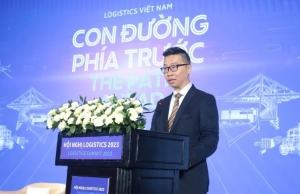
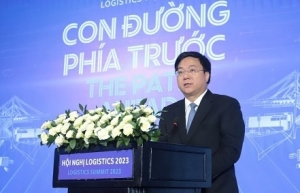
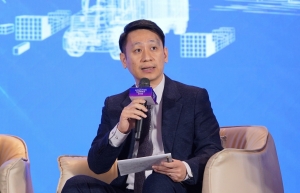

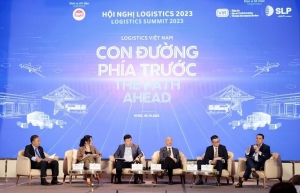

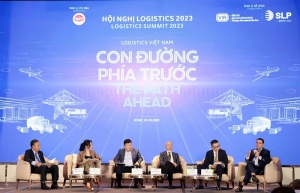
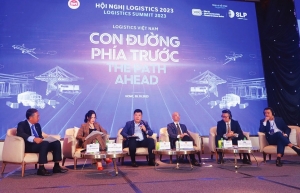
 Tag:
Tag:





















 Mobile Version
Mobile Version